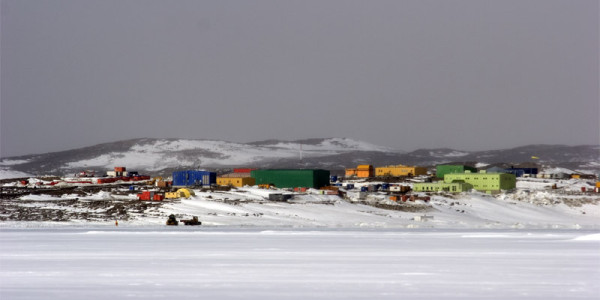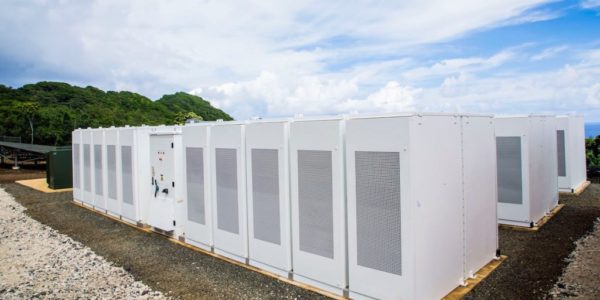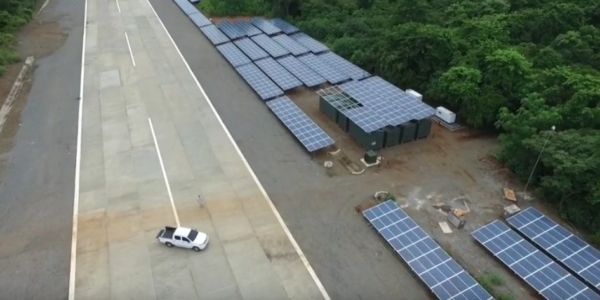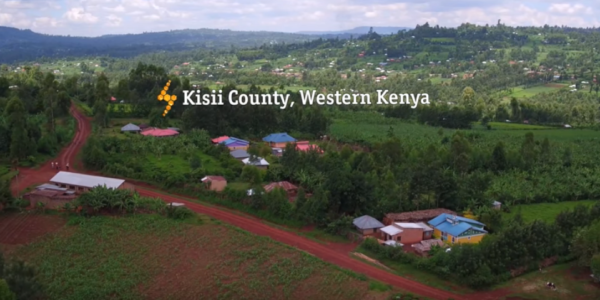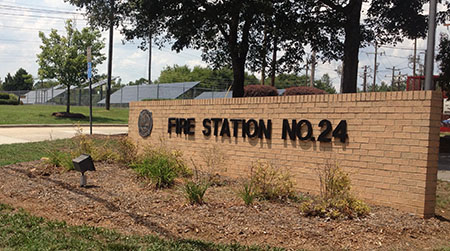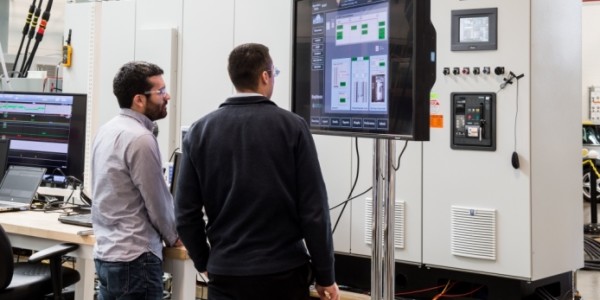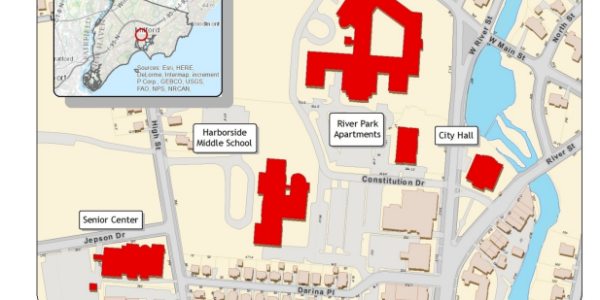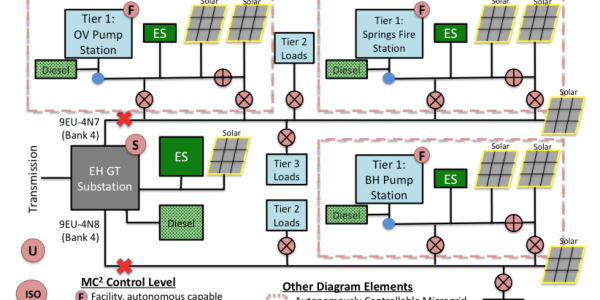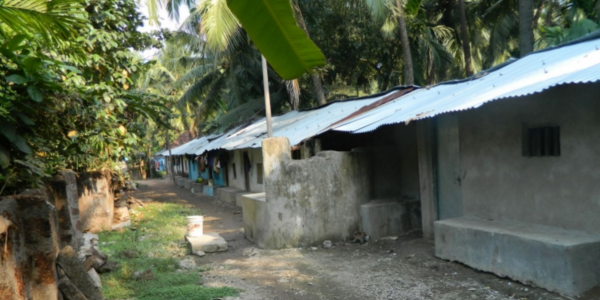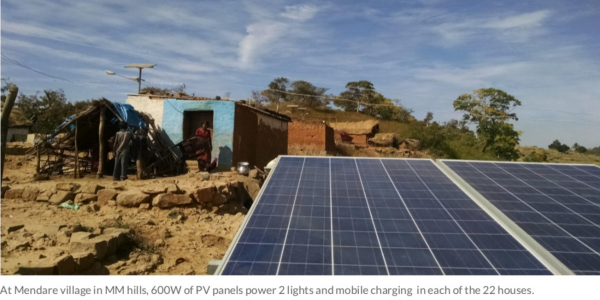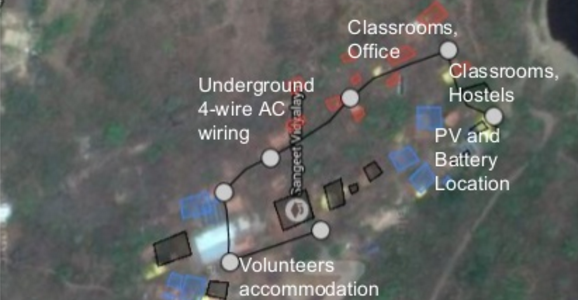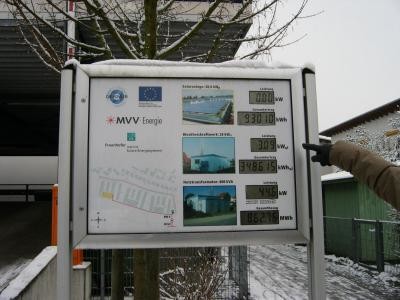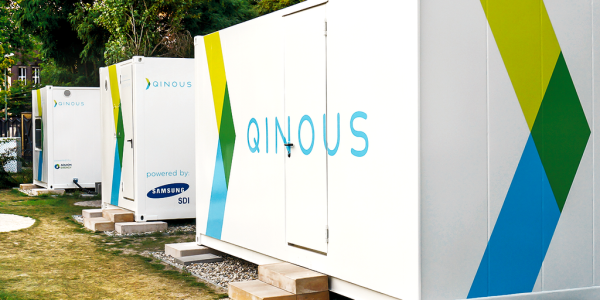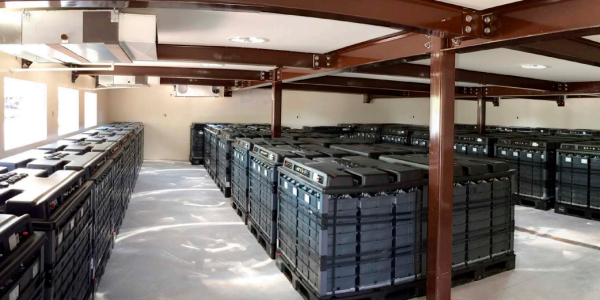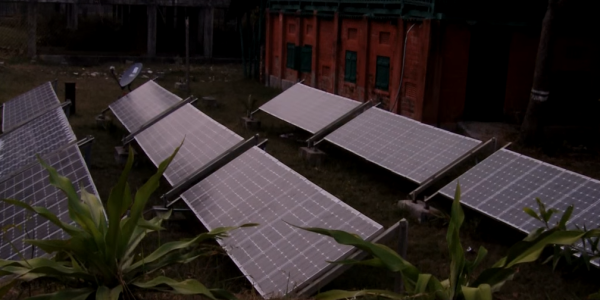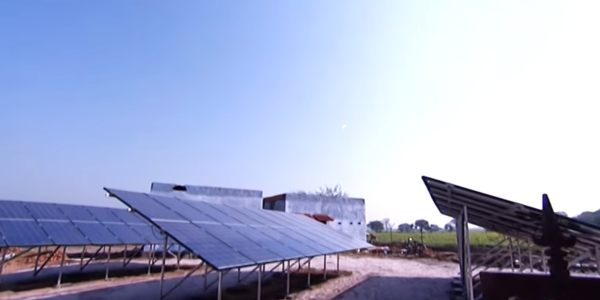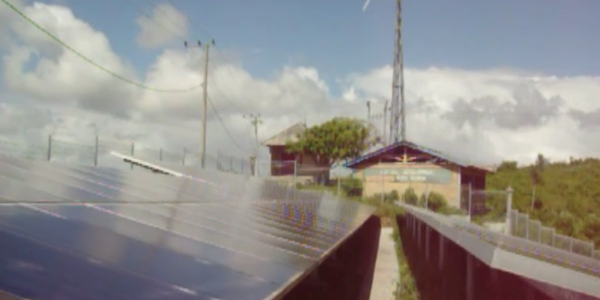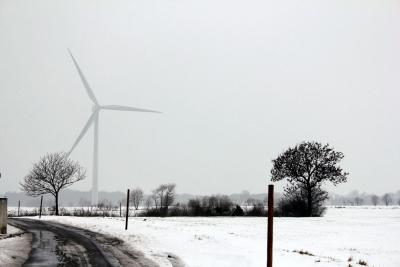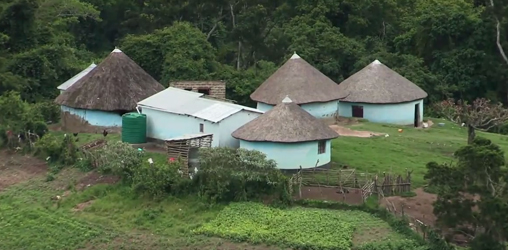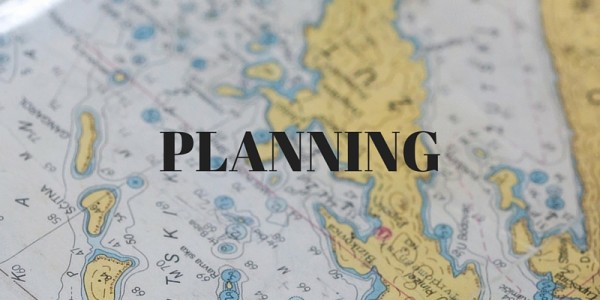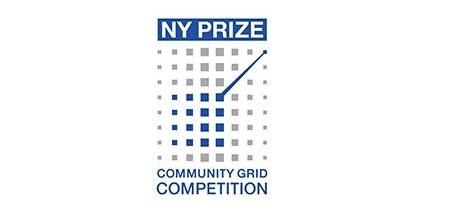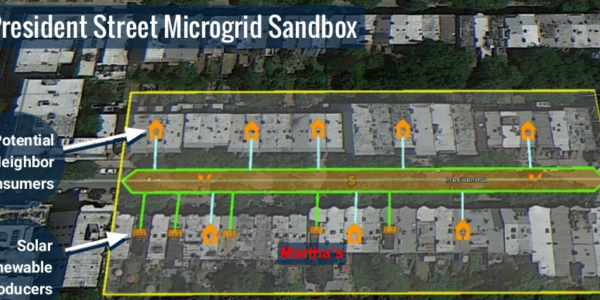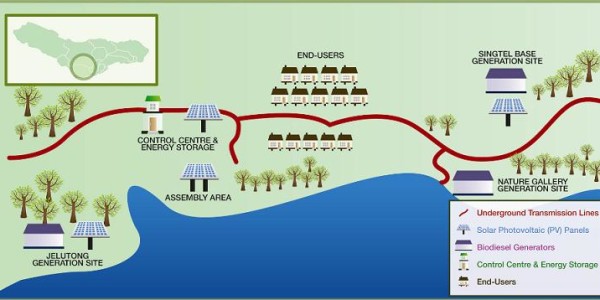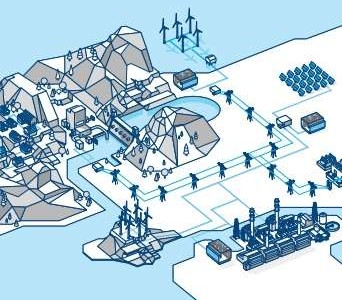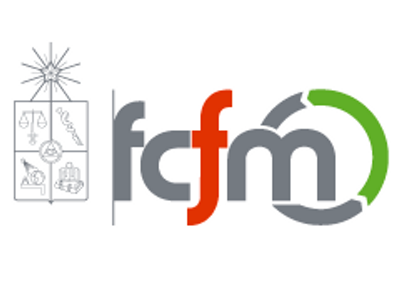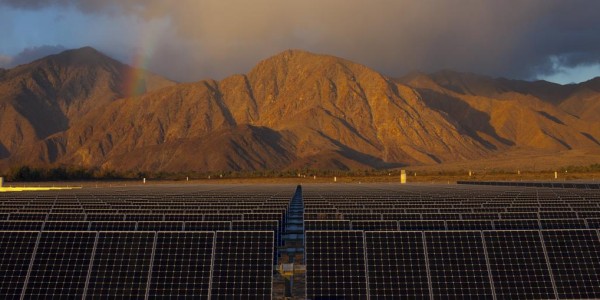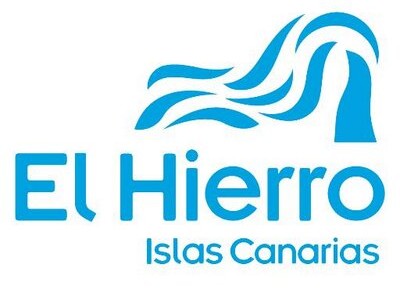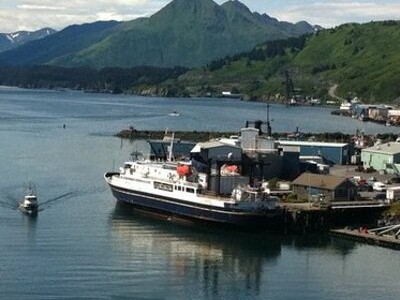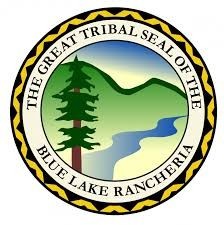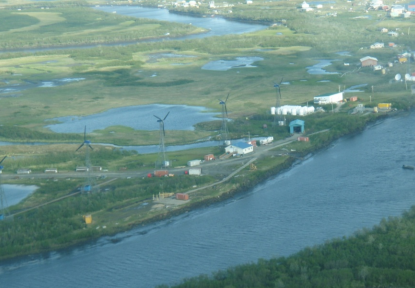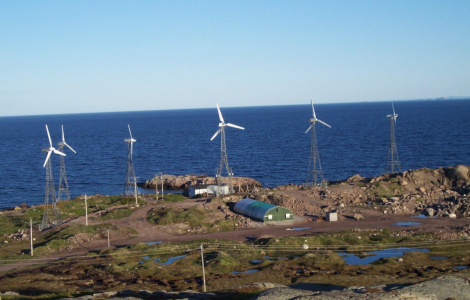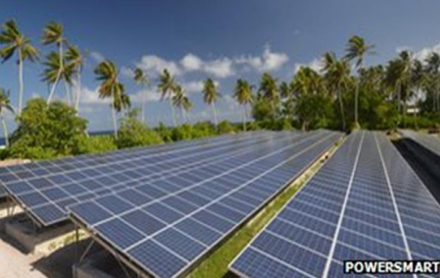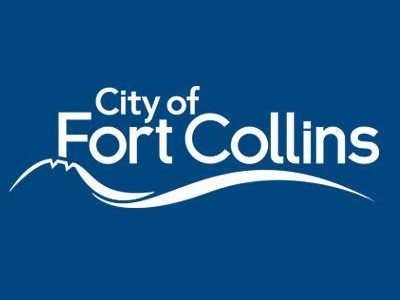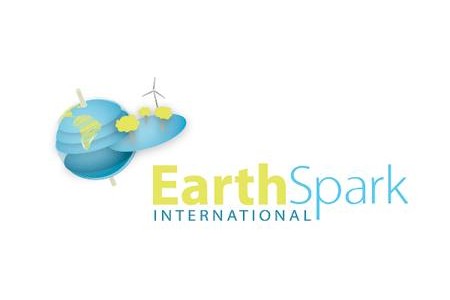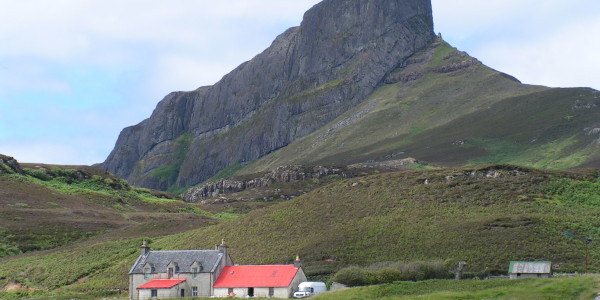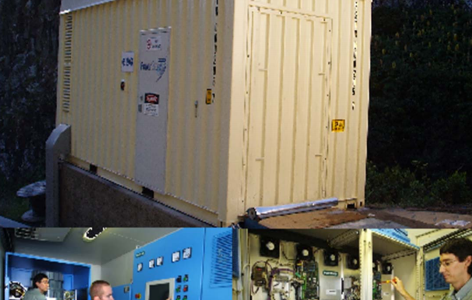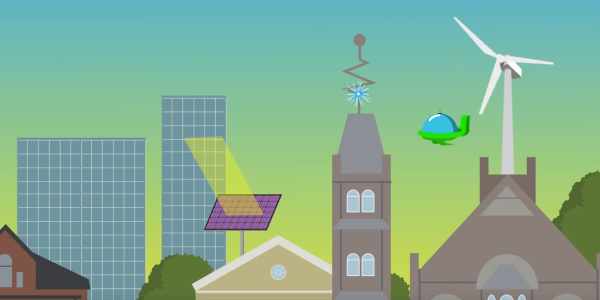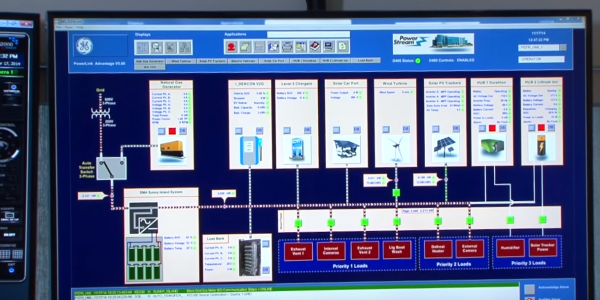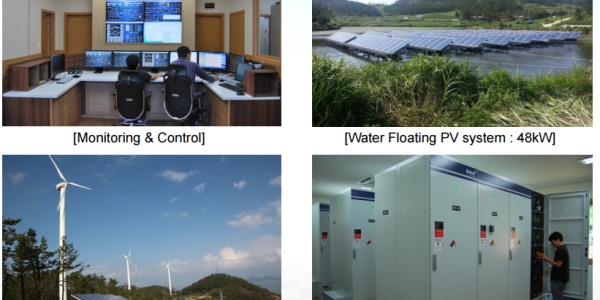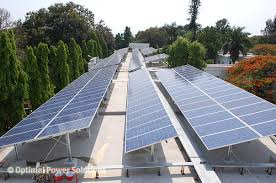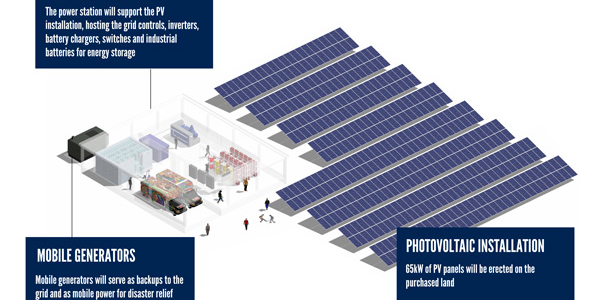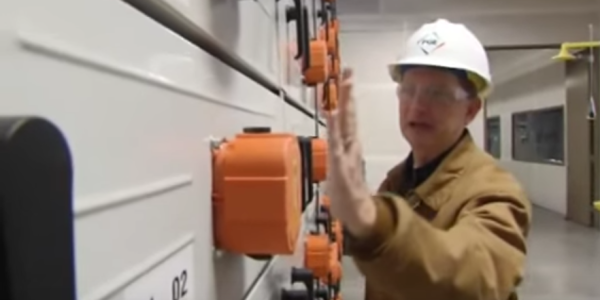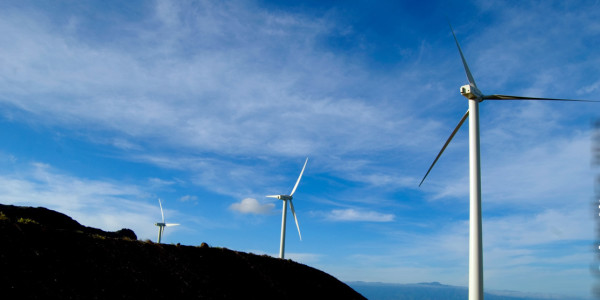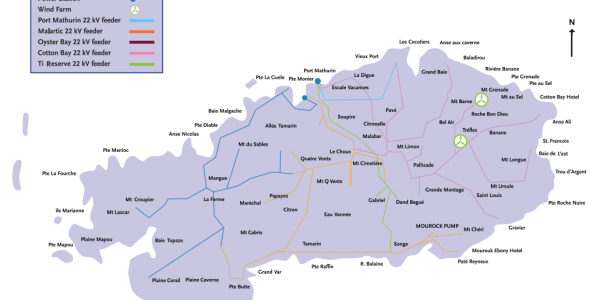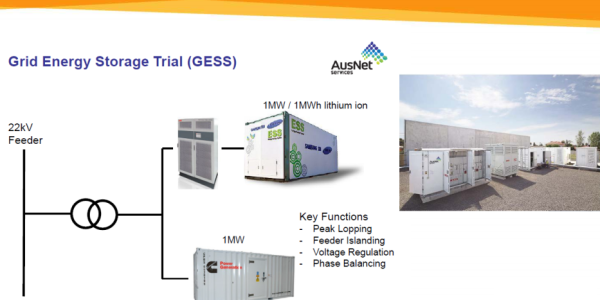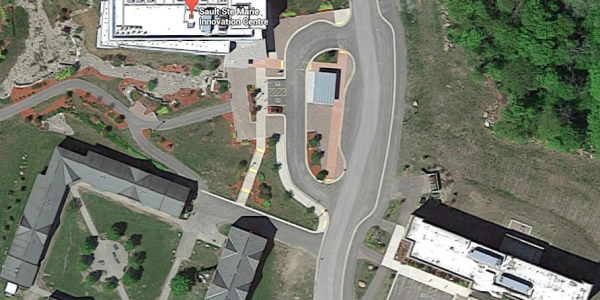Neelakantarayanagaddi Village Microgrid is a solar microgrid in India by SELCO foundation in Karnataka.
About the site
A dam has been built on the Krishna river, near to Shorapur, Yadgir district, in North Karnataka. SELCO India has a branch in Gulbarga which has installed around 80 systems in a nearby town. The branch has built a relationship with a business associate in the area who identified an unelectrified village. Downstream from the dam is a hill which is separated from the mainland during monsoon season, when flood gates are opened, by the Krishna river. On this hill a community has been settled for a number of generations. Despite the presence of high- tension transmission power lines above the village, no power has been provided to the village. The village contains 41 houses, a school and three temples. At any one time the number of inhabitants in the village would vary from 200 to 400, as they travel to cities or nearby towns to work when farming seasons are over. Hence the primary occupation of the men in the village is agriculture, an secondary is labour. The women help in agriculture and work in the house. Water is collected from a nearby river, and rain irrigates the fields. During monsoon season the village is cut-off from the other sides of the river, preventing access to the nearest hospitals or banks which are 12-15km away. The school also does not operate in this time. 41 houses and 3 temples PV and batterySchool The village Bridge across river Subsistence farming Dam Nearest road access
The Model – Platform Microgrid
With remote and vulnerable communities it is important to build a sustainable project which can help in development. Often, free and low quality solar home systems or solar streetlights are given to these communities, which quickly fail and do not offer opportunity for other services apart from lighting to be provided. The model being piloted is therefore: 1. Provide for the immediate needs of the community with the most appropriate technology. 2. Match the communities ability to pay, including how much they can pay and how often. 3. Build up a reliable collection and monitoring mechanism with the community. 4. Establish which services could be introduced later, building on-top of the existing infrastructure and operational model established. Following this model at Mendare: 1. Lighting and mobile charging are provided 2. The community can pay 50 to 100Rs per month. A local operator will collect the money which will be deposited into a bank account. A local business associate will jointly manage this account. 3. The Rural Community Labs are now engaged in establishing future services to be introduced. 4. In progress, water access was identified by the community. The project was financed by Armstrong Energy Foundation with a Rs.6,00,000 grant and the local BA who donated Rs. 1,00,000. The collection will go towards maintenance and future expansion of the system.
Organizations Involved
Additional Details
Transmission: 48VDC overhead wiring
Household connection: Service lines taken to house, junction box inside house
Household wiring: Copper with standard consumables Load control: Fuses for each house limit power consumption. Timing is centrally & manually controlled by Entrepreneur Loads used: 48VDC LED lights, 3W. 48VDC mobile charger
Monitoring: Centralised data logger with remote monitoring. Timing of the system can be controlled remotely and data collected and analysed remotely. 4x 300Wpk panels mounted on a raised MMS for protection 8 12V, 200Ah batteries stored inside a cabinet Control panel with DC charge regulator and data monitoring
8x 200Ah, 12V, series connection, Primetech Charge controller: 48V Phocos CR
PV panels: 4x 300W, 24V, series connection, EmmVee
SELCO Foundation
Location
Unnamed Road, Yedalbhavi, Karnataka 585291, India
No Properties Found.
Similar Properties (81)
